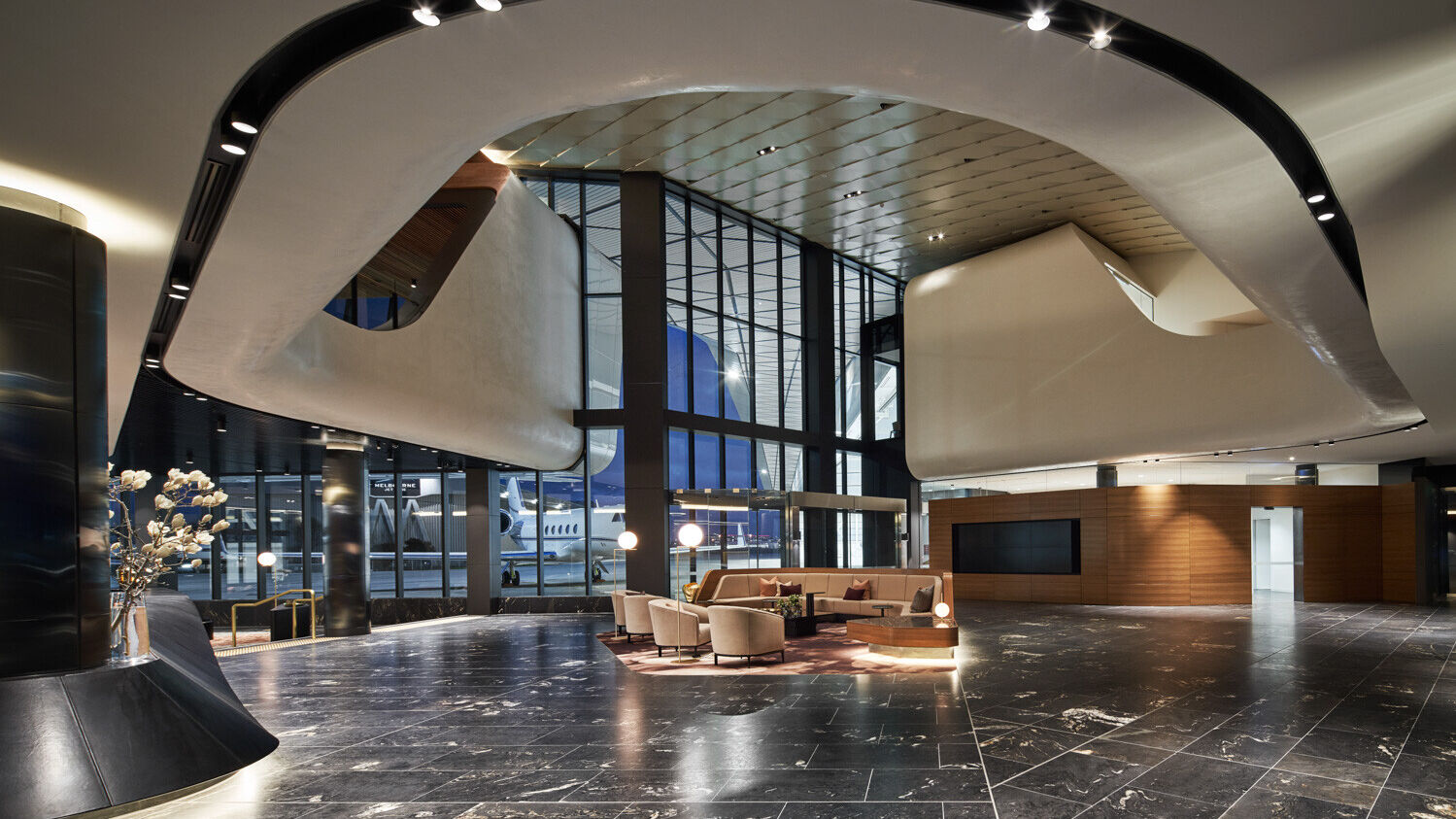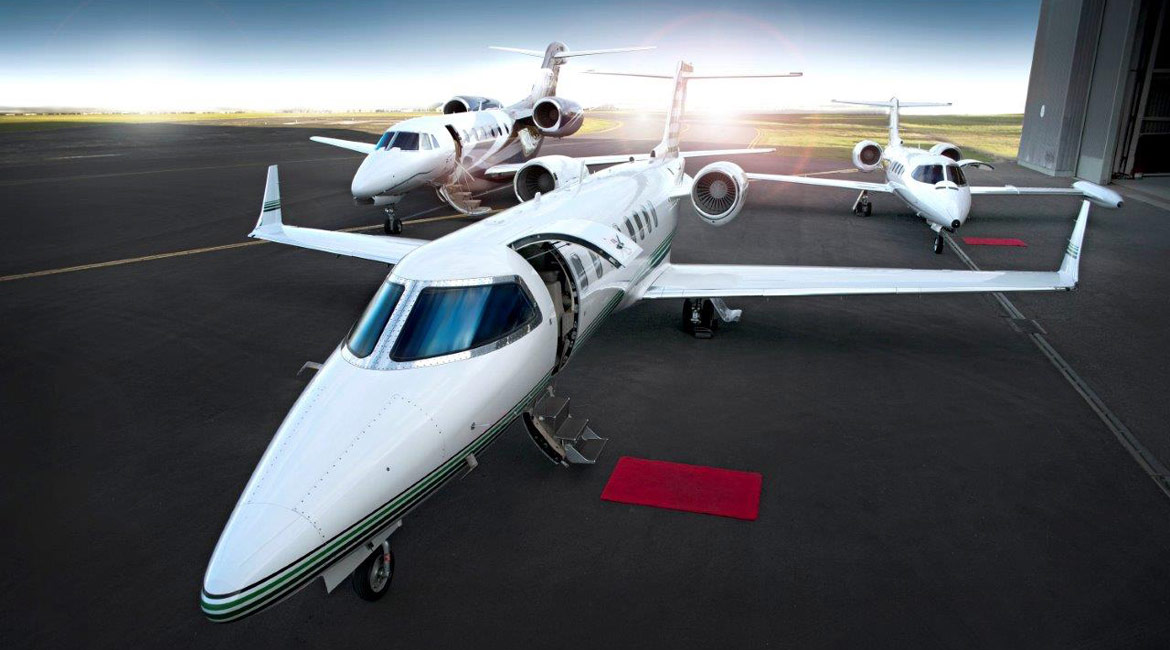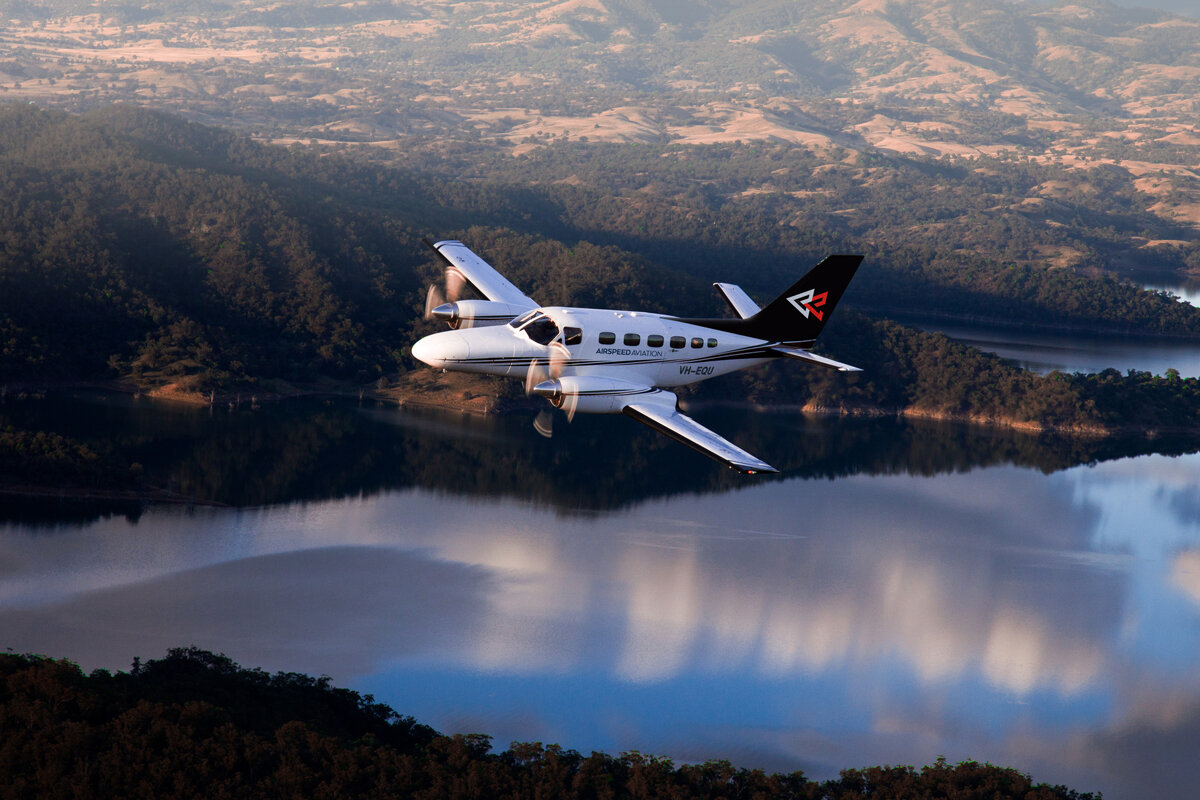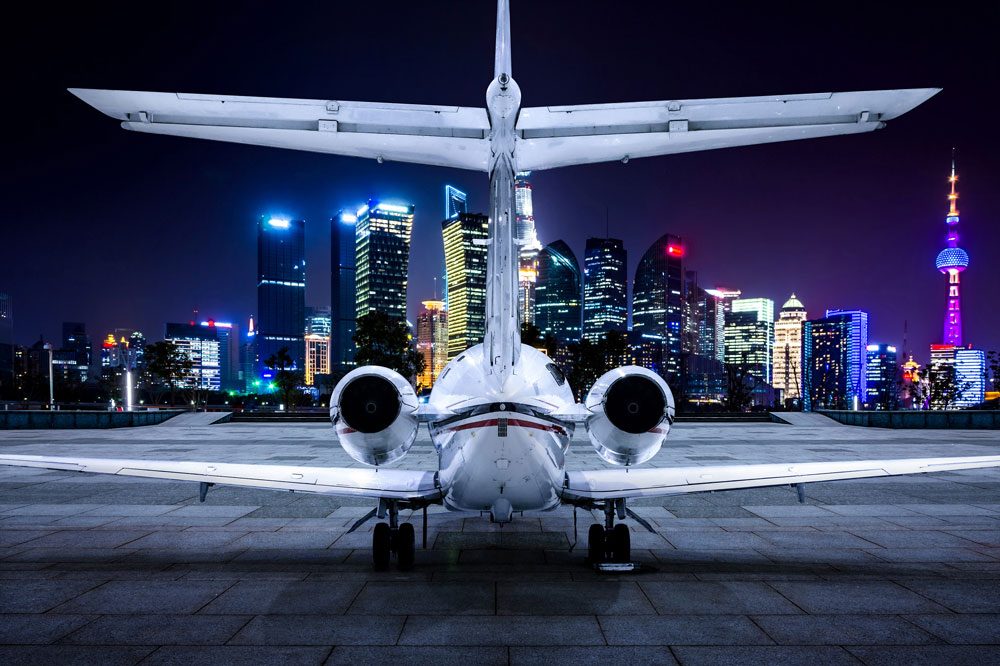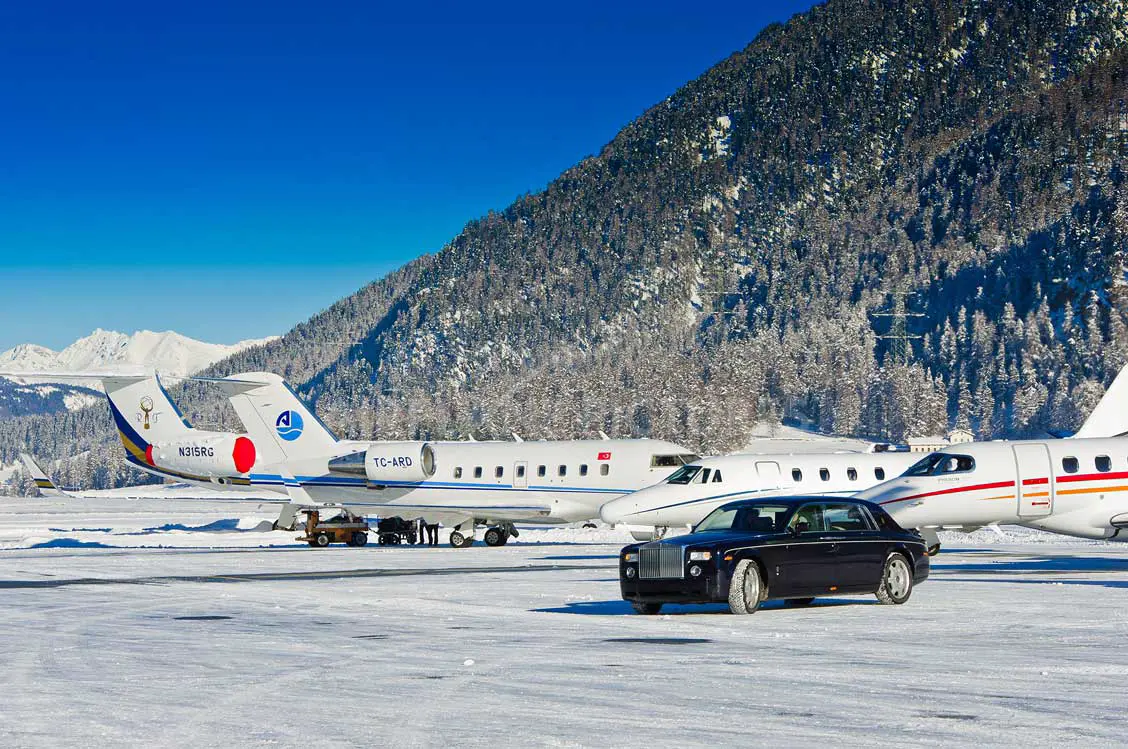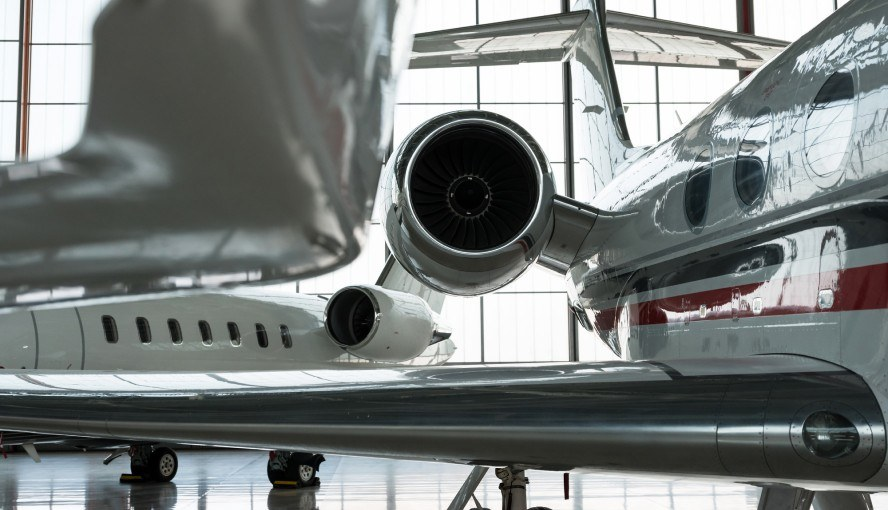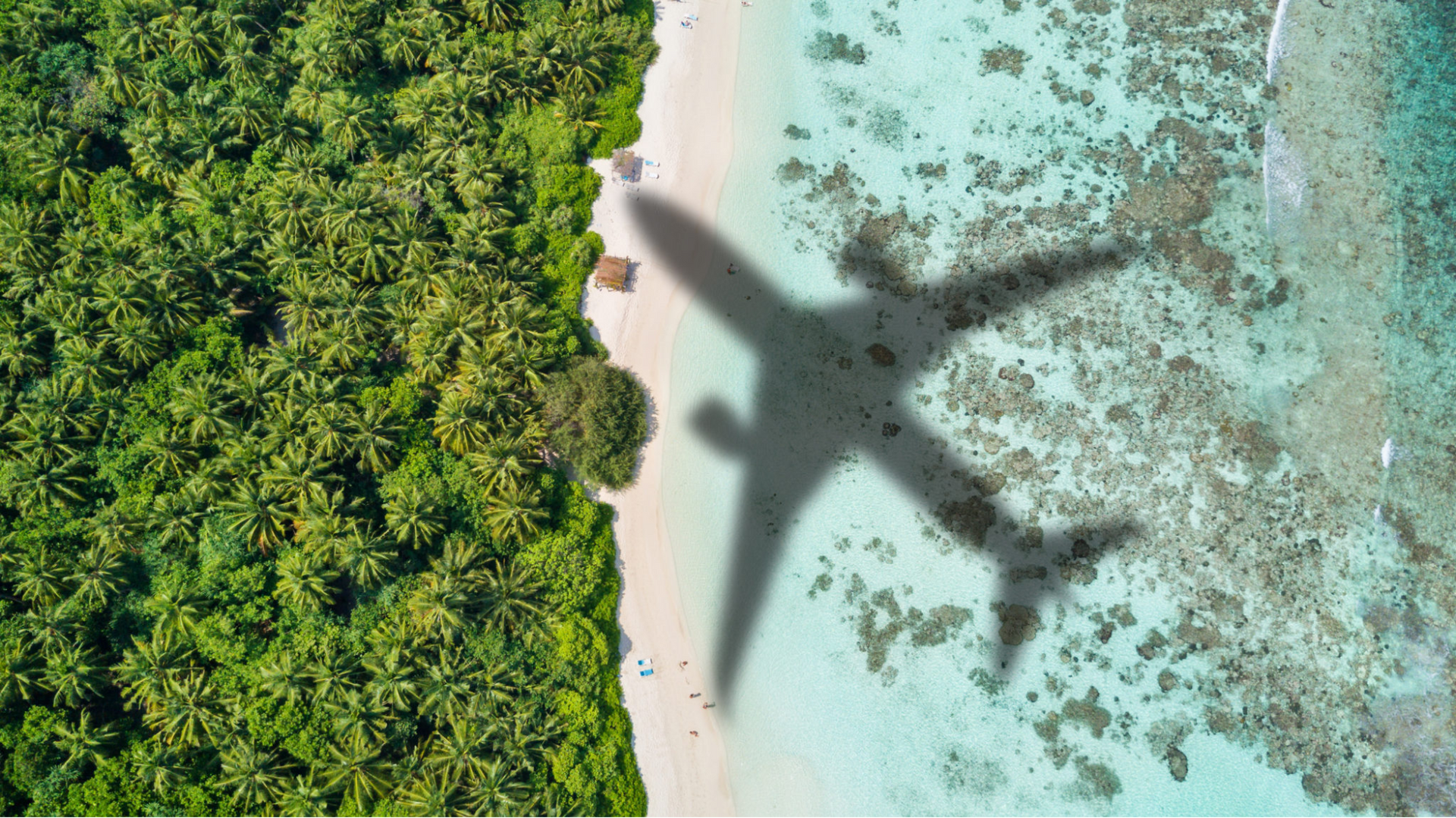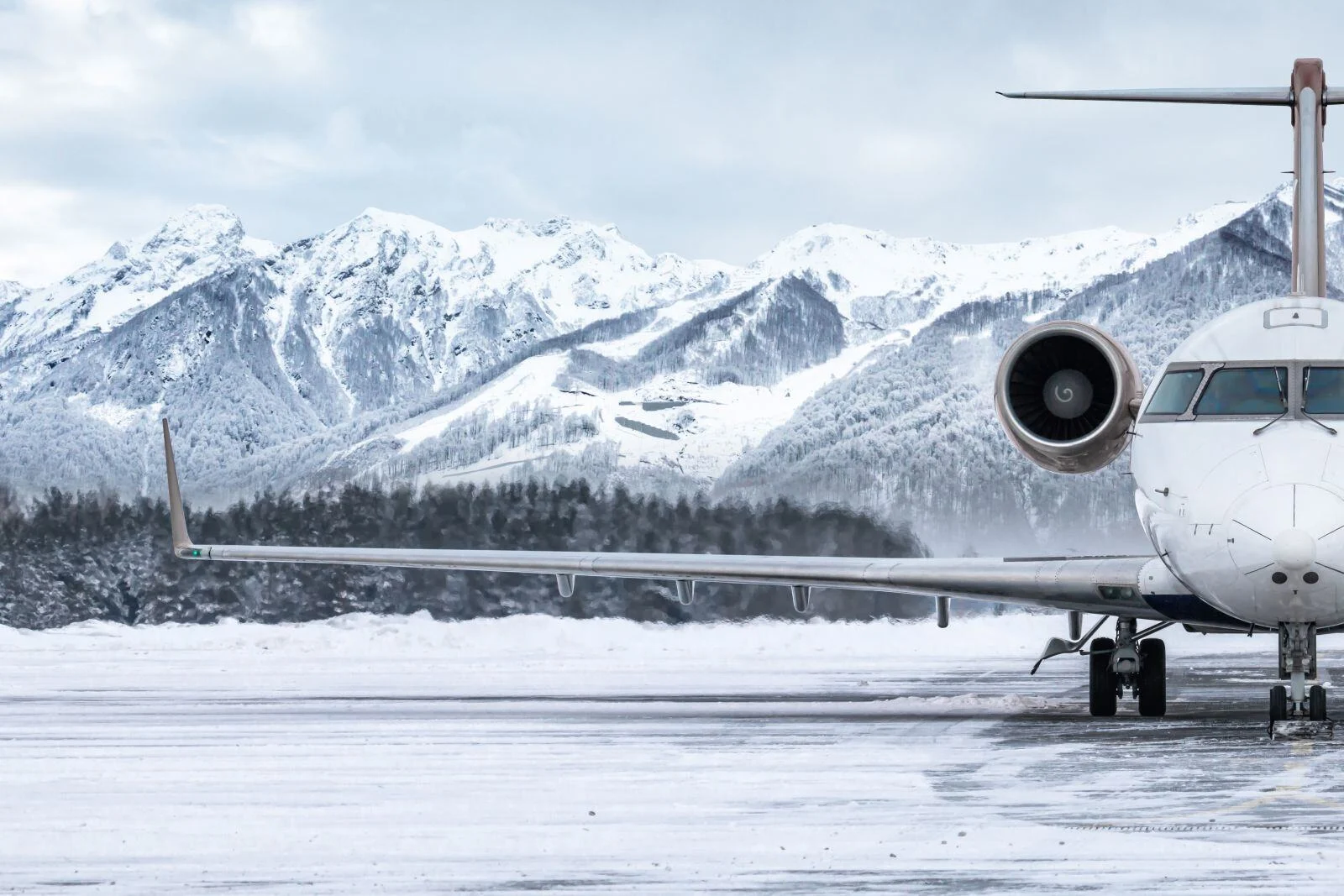Australian Regulations & Requirements for Private Jet Travel (Complete Guide)
Private jet travel in Australia is experiencing a surge in popularity. Busy executives, discerning leisure travelers, and those seeking access to remote locations are increasingly opting for the unmatched convenience, privacy, and efficiency it offers.
However, to ensure a safe and seamless private jet experience, understanding the relevant regulations and requirements is a must. From pilot qualifications to aircraft maintenance standards, these regulations are in place to safeguard both passengers and crew. This guide will serve as your comprehensive resource by explaining the Australian regulations and requirements for private jet travel.
Civil Aviation Safety Authority (CASA) Regulations & Impacts on Private Jet Travel
Overview of CASA
Ensuring the safety of every flight in Australian skies is the primary function of the Civil Aviation Safety Authority (CASA).
Established in 1992, CASA is the independent statutory authority responsible for overseeing the safety of all civil aviation operations in Australia. This encompasses everything from commercial airlines to recreational flying, including private jets. CASA's primary function is to ensure the safety of both passengers and crew, while also promoting a thriving and sustainable aviation industry.
Key CASA regulations for private jets
CASA has established a comprehensive set of regulations specifically for private jet operations. These regulations are designed to maintain the highest safety standards and ensure the smooth operation of private air travel:
- Maintenance and safety standards: Just like commercial airlines, private jets must adhere to strict maintenance schedules and safety checks. CASA outlines these requirements to guarantee the airworthiness of all private aircraft.
- Operating limitations: CASA defines limitations based on factors like weight and noise. These limitations might dictate takeoff and landing procedures or restrict flights from certain airports based on noise restrictions.
- Flight plans and procedures: To ensure safe and efficient airspace management, CASA mandates that all private jet flights file a flight plan before departure. This plan details the intended route, estimated time of arrival, and other crucial information for air traffic control.
- Insurance requirements: CASA requires all private jet operators to carry adequate insurance to cover potential liabilities in case of an accident. This ensures financial protection for passengers, crew, and any property involved.
While pilot licensing and certification are crucial aspects of private jet travel, they will be covered in a dedicated section later due to their complexity.
Australia’s Airport Fees & Landing Charges for Private Jets
Airport Fees
There are three main categories of airport charges applicable to private jets:
- Landing Charges: These fees are based on the weight of your aircraft and are incurred each time you touch down at an airport. Think of it as a toll fee for using the runway.
- Parking Fees: These charges are levied for the duration your private jet occupies a designated parking space on the airport apron. Essentially, it's the rent for your jet's parking spot.
- Other Airport Fees: This category encompasses various additional charges that may apply, such as:
- Passenger Service Charges: These fees contribute to the upkeep of passenger terminals and amenities, even if you don't utilize them directly.
- Overnight Hangar Fees: If your jet requires secure storage during an extended stay, hangar fees will be added to the bill.
- De-icing Fees: During winter months in certain regions, de-icing services to remove frost or snow from your aircraft may incur additional charges.
Factors Affecting Airport Charges for Private Jets
Several factors can influence the final amount you'll pay in airport fees for your private jet trip:
- Aircraft Size and Weight: Larger and heavier aircraft typically incur higher landing charges due to the increased strain they place on the runway infrastructure.
- Airport Location and Facilities: Major international airports with extensive facilities often have higher fees compared to smaller regional airports with fewer amenities. This reflects the additional services and infrastructure provided by larger airports.
- Time of Day and Day of the Week: Some airports may implement peak-hour charges during times of high traffic congestion. Similarly, weekend or holiday surcharges might be applied. It's always best to inquire about potential time-based fee variations when planning your trip.
By considering these variables, you can get a more accurate estimate of the airport fees you'll encounter during your private jet travel. It's always recommended to contact the specific airports you plan to use for their most current fee schedules.
Security Clearances Required for Private Jet Travel in Australia
While private jet travel offers a streamlined experience compared to commercial flights, security remains a top priority. Australia adheres to strict aviation security regulations, ensuring the safety of passengers, crew, and cargo.
A. Overview of security requirements
Unlike commercial airlines with standardized procedures, private jet travel security can vary depending on several factors. These factors include the aircraft's origin and destination, the type of operation (domestic vs. international), and the level of security screening required by the airport or operator. There are generally two main categories of security screening for private jets in Australia:
- Basic Security Screening: This is the most common level for domestic flights within Australia. It involves checking passenger and crew identification, verifying travel documents, and inspecting baggage for prohibited items.
- Enhanced Security Screening: This stricter level of screening might be required for international flights, flights departing from specific airports with heightened security measures, or when transporting high-value cargo. It may involve additional checks like physical pat-downs, explosive trace detection, and X-ray screening of baggage.
B. Who needs security clearance?
Security clearances in private jet travel apply to three main categories:
- Passengers and Crew: All individuals on board the aircraft, including passengers and crew members, will undergo security screening as mandated by CASA (Civil Aviation Safety Authority) regulations. This ensures everyone on board meets the necessary travel requirements and poses no security risk.
- Cargo: Similar to passengers, any cargo onboard a private jet, regardless of value, will be subject to security checks. The level of scrutiny will depend on the nature of the cargo. High-value items or goods deemed potentially hazardous may require additional documentation or specific security protocols.
- Aircraft: In some instances, the aircraft itself may undergo security checks, particularly for international flights or those involving high-profile passengers or cargo. This might involve inspections of the aircraft's interior and exterior for any suspicious activity or hidden items.
C. Applying for security clearances (if applicable)
For basic security screening on domestic flights, no formal application process is typically required. Passengers and crew will present their identification and travel documents for verification at the Fixed Base Operator's (FBO) security checkpoint before boarding.
However, for enhanced security screening or situations requiring additional clearances (e.g., international flights with specific cargo), the private jet operator will liaise with the relevant authorities on your behalf. This may involve submitting passenger and crew information, cargo manifests, and flight plans in advance for pre-approval. The operator will guide you through the necessary steps to ensure a smooth and secure travel experience.
For international travel, customs regulations of the destination country will also come into play. Your jet operator can advise you on any specific requirements for your chosen destination.
Pilot Training & Certification for Private Jet Travel in Australia
Differences Between Commercial and Private Pilot Licenses
While both commercial and private pilot licenses qualify you to fly an aircraft, there are key distinctions between them.
A commercial pilot license (CPL) is designed for professional pilots who fly for airlines or charter companies. CPL holders are authorized to carry passengers and cargo for hire, requiring a more rigorous training program with additional qualifications.
In contrast, a private pilot license (PPL) caters to pilots who fly for personal or recreational purposes. While PPL holders can carry passengers, they cannot be compensated for the flight. The training program for a PPL is less extensive than a CPL, focusing on the core skills needed for safe private operation.
For private jet travel, pilots typically hold a CPL or a variant like a Multi-Engine Command Instrument Rating (MECIR). This advanced certification signifies their expertise in handling complex aircraft and navigating under instrument flight rules (IFR), essential for private jet operations.
Training Requirements for Private Jet Pilots
To fly private jets in Australia, pilots must hold a specific set of qualifications issued by the Civil Aviation Safety Authority (CASA). Here's a closer look at the essential requirements:
- Flight Hours: Aspiring pilots must accumulate a minimum number of flight hours under the guidance of a certified flight instructor. This typically ranges from 200 to 250 hours for a CPL and may vary depending on the specific aircraft and pilot's prior experience.
- Type Ratings for Specific Aircraft: Unlike some single-engine airplanes that can be flown with a basic private pilot license, private jets necessitate a "type rating." This specialized endorsement on your license signifies your competency to operate a particular jet model. Acquiring a type rating involves simulator training and additional flight time specific to the chosen aircraft.
- Medical Certification: To ensure pilot fitness for safe flight, CASA requires pilots to pass a medical examination conducted by a CASA-approved medical officer. The medical certificate needs to be renewed periodically, typically every two years.
- Ongoing Training and Currency Requirements: Maintaining proficiency is crucial for safe private jet operation. CASA mandates ongoing training and currency requirements for pilots. This may involve recurrent training programs or flight simulator sessions to ensure pilots stay up-to-date on procedures and emergency protocols for their specific aircraft type.
For a more in-depth exploration of CASA regulations, we recommend visiting the Civil Aviation Safety Authority website (https://www.casa.gov.au/). Familiarizing yourself with these guidelines empowers you to make informed decisions and experience the many benefits of private jet travel – convenience, privacy, and a personalized journey tailored to your needs.


